Microchip training takes leap forward
Earlier in July, the National Innovation Centre (NIC) under the Ministry of Planning and Investment (MPI), in coordination with US-based Qorvo Inc. and Cadence, held an opening ceremony for an analogue integrated circuit (IC) design course. This marks the start of the microchip design training programme and aims to improve human resources in semiconductor chip design, where there is a shortage of skilled workers in Vietnam.
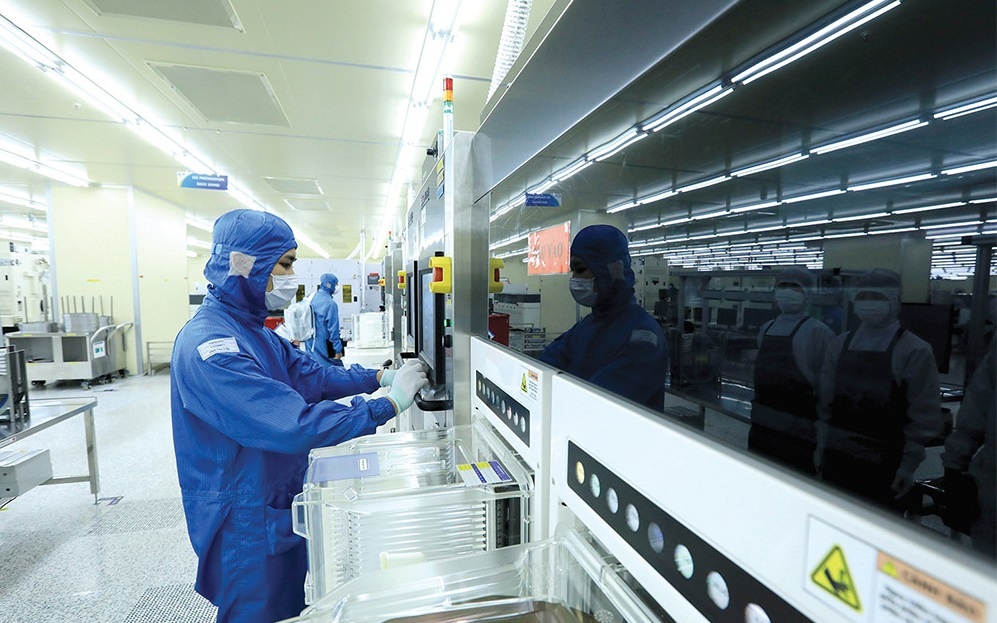 |
| US companies are providing experts in microchip design as well as training based on US standards, Photo Tuan Anh |
Some 40 selected lecturers and students from Hanoi University of Science and Technology, Vietnam National University-Hanoi, and seven other institutions will participate in the initiative.
An MoU was also signed between NIC and Qorvo last week, signifying both parties’ commitment to strategic cooperation in promoting Vietnam’s semiconductor ecosystem, especially in research and development, ecosystem development, high-quality talent training, and scholarships.
Qorvo, a chip design group with a manufacturing facility in Vietnam, will provide lecturers and experts in microchip design and training based on US standards, while Cadence will provide full software design copyrights for training. The trainees will participate in an intensive three-month programme at the NIC’s Hanoi facility.
“We will work with universities and research institutes to train semiconductor engineers in Vietnam. We believe that the NIC will be the incubator for development of semiconductor human resources in Vietnam,” said Bob Bruggeworth, president and CEO of Qorvo Corporation. “We really appreciate the efforts, commitment, and determination of Vietnam’s engineering teams in building and developing the industry. Qorvo will continue to grow and expand in Vietnam to create more jobs in the semiconductor field.”
During this course, students will use the industry-standard Cadence Virtuoso software to gain a thorough understanding of semiconductor technology and analogue microchip design. This will help them cultivate continuous learning and creativity, and stay on top of the latest trends in analogue circuit design to meet the needs of the domestic and international electronics and semiconductor industries.
After completing the course, students will have the opportunity to intern and be hired by Qorvo and other NIC partner companies in microchip design. This recruitment is in line with Qorvo’s and other major semiconductor firms’ recent business expansion and increased investment trends in Vietnam.
Mai Anh Tuan, a lecturer at the University of Engineering and Technology under the Vietnam National University-Hanoi, said that IC design was not a popular concept in many technical universities a year ago. Due to the expensive cost of software and tools, lecturers and students mostly used free versions with limitations in usage and could not access advanced technologies.
“However, now we have obtained licences to use top modern tools, access genuine technologies, and receive in-depth technical support from experts,” Tuan said. “We hope that the NIC can establish a basic semiconductor centre to provide hands-on opportunities for university students and lecturers.”
Nguyen Thi Le, a senior official of Vina Solar Technology in the northern province of Bac Giang, said that the company needed 200-300 engineers every year in chip design, packaging, and semiconductors to work in domestic and foreign industrial parks, but there is currently a scarcity.
“The company is willing to sign contracts with university interns so that the universities can provide training close to the actual production process, which could be an annual recruitment source or training in order,” Le said.
Nguyen Hang Nga, vice principal of Hanoi College of Electronics and Refrigeration, added, “There are many orders and contracts on recruitment and training signed between businesses and schools, opening up opportunities for students to choose careers without the pressure of applying for jobs.”
According to the Ministry of Education and Training, there are currently 35 Vietnamese higher education institutions that are directly or indirectly training in semiconductor tech.
It is forecast that 20,000 engineers will be needed each year in the next five years, and the annual figure will be about 50,000 in the next 10 years. Therefore, in order to meet market demand, universities have opened up new majors, increased enrolment scale, and improved the quality of training in semiconductors.
Some universities have launched semiconductor technology programmes for the 2024-2025 school year. Hoang Van Hung, director of the Thai Nguyen University, determined that training human resources for this area is a major mission. “Training in semiconductor technology is new but not too strange to scientists and lecturers in this university,” Hung said.
Nguyen Duc Minh, head of the Department of Electronics at the Hanoi University of Science and Technology, said that the university has two direct training majors and seven closely related training majors in the design, production, packaging, and testing of semiconductor chips.
“The school’s training roadmap for bachelors and engineers in this field for businesses has been shortened from 6-9 months to 3-6 months. There are about 300 graduates every year, who can carry out IC design and production well. Many students after graduating are recruited by large chip companies in Hanoi, Danang, Ho Chi Minh City, Taiwan, Singapore, South Korea, and Japan,” Minh said.
Training high-quality human resources in semiconductor chips has been of interest to other higher education institutions in Vietnam. For example, FPT Corporation proposed that the US support the training of 30,000-50,000 semiconductor experts at FPT University. The Hanoi University of Science and Technology started training in semiconductor chip technology in 2024 based on newly invested facilities and international cooperation.
Previously, at the end of 2023, the NIC cooperated with Synopsys and Cadence to provide chip design copyrights to over 20 universities in Vietnam and offered internships and jobs for IC design engineers at domestic and foreign businesses.
| Nguyen Chi Dung, Minister of Planning and Investment
The cooperation between the NIC and Qorvo not only marks the start of the microchip design training programme, but also an important step in the journey of Vietnamese people to gradually master the technology in the semiconductor industry. We expect Qorvo to participate in the process of developing a targeted plan to reach 50,000 semiconductor technology engineers by 2030, including 15,000 engineers in the design stage. This is an important solution for Vietnam’s breakthrough in human resources training in the national socioeconomic development strategy. If succeeding in developing its human resources, Vietnam can serve as a hub for the incubation of the semiconductor ecosystem thanks to the commitment and belief of its stakeholders. This comprehensive cooperation opens up unprecedented opportunities for Vietnamese students and engineers to join this potential industry. Qorvo should continue to support research and commercialisation of innovative semiconductor solutions; deploy training programmes for students, engineers, and semiconductor technology researchers; and introduce the latest and relevant technologies to the semiconductor community in Vietnam. We should strengthen the coordination to provide scholarships for talented students who want to pursue the semiconductor industry, promote their passion and fully equip students and lecturers with knowledge and practical skills in the semiconductor industry. Huynh Quyet Thang, director, Hanoi University of Science and Technology
We really appreciate the MPI and NIC for numerous practical and effective programmes and activities to support the training and development of human resources at universities. I see the aspirations of young people, and the opportunity of the country to utilise technologies and develop high-technology sectors. Thereby, the value of each person’s work and every product will be levelled up, contributing more to the national socioeconomic development. Based on this concept, one year ago, five top universities here became an alliance to share resources on lecturers, teaching resources, and cooperate with large companies to obtain full licences of the latest technologies for teaching. We hope that Vietnam’s young generation has enough desire to master new and advanced technologies in the world and create newer technologies. |
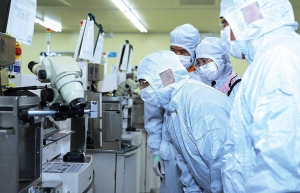 | Localities on first step towards training microchip labour force A number of localities are coordinating with manufacturers to train workers for the semiconductor industry, mostly in the basic stages of assembly and testing. |
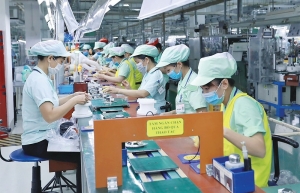 | Technology giants keen to embrace gifted engineers Many excellent Vietnamese students could soon have opportunities to improve their knowledge and work in microchips and semiconductors at research and development centres of tech groups such as Samsung and Hana Micron. |
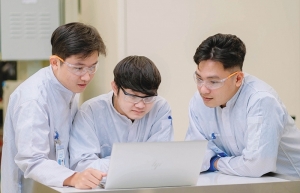 | Tie-ups grow for microchip advancement Training up a workforce for the semiconductor industry is heating up thanks to the involvement of universities in Vietnam. |
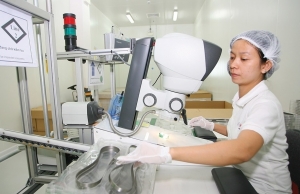 | The microchip allure for big players Vietnam boasts some strategic advantages that can lure some of the biggest economies to invest in its industrial hubs. Manager Ly Nguyen and associate Tu Nguyen of the Tony Blair Institute Vietnam pore over the investment preferences of European and the US investors in industrial parks for semiconductors. |
What the stars mean:
★ Poor ★ ★ Promising ★★★ Good ★★★★ Very good ★★★★★ Exceptional
Related Contents
Latest News
More News
- EVN launches major power infrastructure projects nationwide (December 19, 2025 | 18:17)
- VAL inaugurates second production line to meet domestic animal feed demand (December 19, 2025 | 16:37)
- Sun Group pioneers urban tram system in Phu Quoc (December 19, 2025 | 15:00)
- Seven major projects launched to drive Hanoi’s next growth phase (December 19, 2025 | 14:00)
- Securing capital and efficiency for Vietnam’s 2026-2030 growth ambitions (December 17, 2025 | 10:00)
- Vietnam bucking trend in the global M&A landscape (December 16, 2025 | 14:20)
- HDS Summit spotlights Vietnam’s rising role in regional supply chains (December 16, 2025 | 08:00)
- Kolon signs $48 million airbag supply deal with Autoliv (December 15, 2025 | 18:14)
- National Assembly approves Vinh–Thanh Thuy expressway project (December 15, 2025 | 18:02)
- Quang Tri green-lights $1.59 billion LNG-fired power project (December 15, 2025 | 17:59)

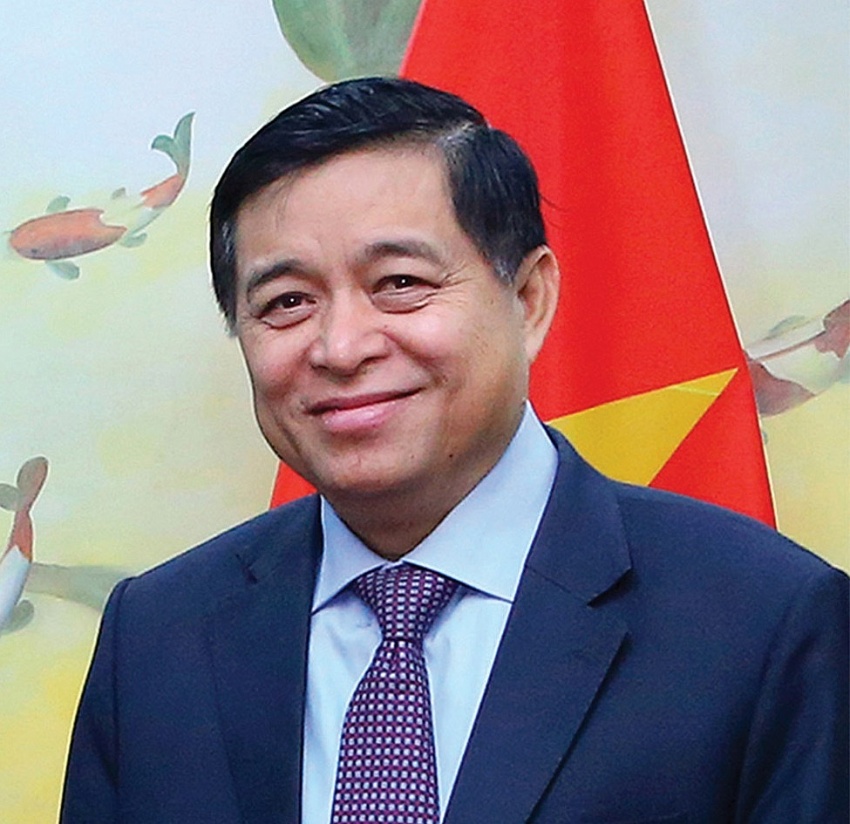
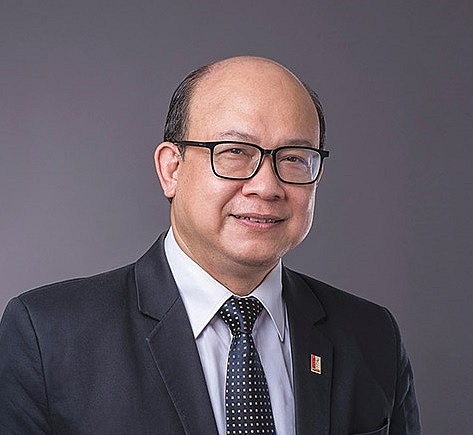
 Tag:
Tag:




















 Mobile Version
Mobile Version